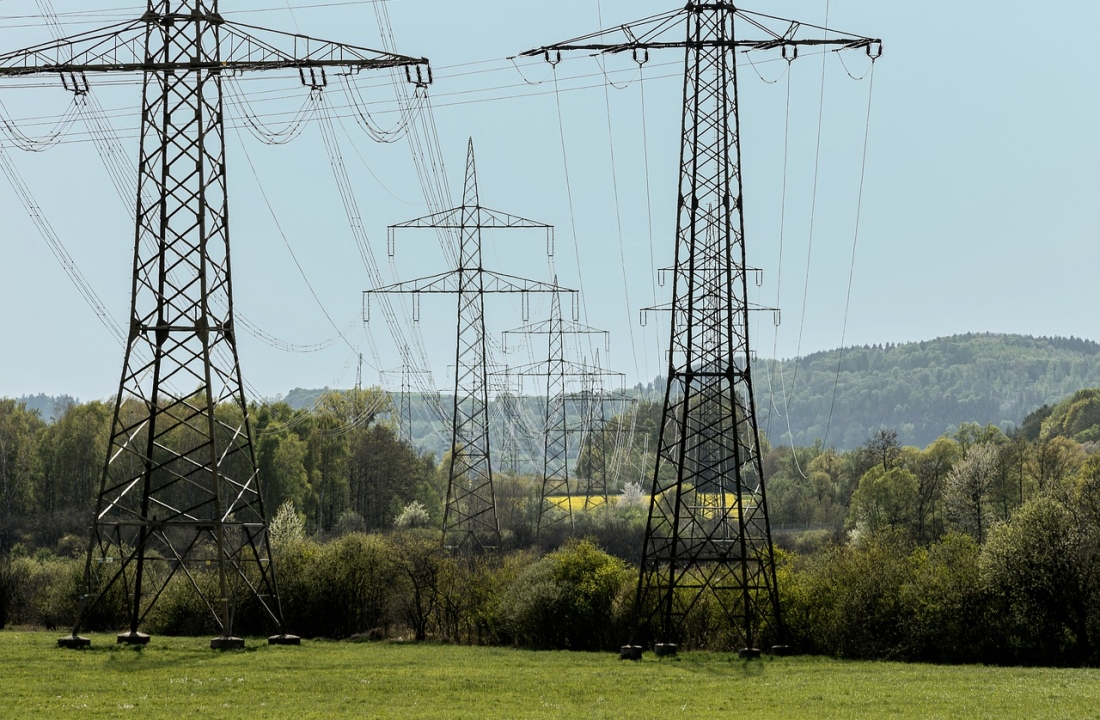A dramatic transformation of the U.S. electric power industry that began more than two decades ago is helping to keep the electricity flowing at competitive prices. This reliability and affordability will be invaluable as the country endures, and ultimately prevails, over the pandemic’s staggering blow to the economy.
Historically, power was delivered to customers by public utilities regulated by state authorities. These companies owned all of the assets required to generate, transmit and distribute power to households and businesses, and they were guaranteed a rate-of-return fixed by law.
Today, 20 states have totally or partially deregulated their electricity markets, allowing independent power generators to compete in wholesale markets and retail electric providers to compete for end-use customers. In most cases, deregulation has been a boom for consumers who, for the most part, are paying less for electricity. In PJM, the nation’s largest regional transmission market, which provides electricity to 65 million people and businesses in 13 Mideastern and Midwestern states, consumers are estimated to save between $3.2 billion and $4 billion annually.
But competition in generation has posed challenges to grid stability as more renewable energy sources have come on line. Wind and solar are great when the wind is blowing and the sun is shining. But because of their intermittency, and the lack of large-scale battery storage, utilities must invest in backup generation, often with natural gas, to supply power during peak-load periods.
Unlike renewables and peaking units, base-load coal, nuclear and large gas-fired generators are “always on.” Some system operators have acknowledged the importance of base-load plants in keeping the electrons flowing 24/7, as demand dictates, by creating wholesale “capacity markets.” Such is the case with PJM.
However, the PJM network is rife with subsidized coal, nuclear and renewable power sources, so merchant natural gas plants can find themselves at a competitive disadvantage. To enhance competition, late last year the Federal Energy Regulatory Commission (FERC) ordered PJM to adopt a Minimum Offer Price Rule (MOPR) setting a price floor that applies to all participants in the PJM wholesale capacity market, including nearly all previously exempt state-subsidized power plants.
The MOPR will prevent subsidized power plants from bidding artificially low prices and distorting the electricity-supply market. By creating a level playing field, the MOPR will enhance competition in power generation within the PJM network as all bids in the capacity market will be treated equally. This will mean more options for network operators and more market-based pricing. Combined with PJM’s investments in grid reliability and its commitment to a capacity market, MOPR now ensures enough power will be available to meet peak demand for at least the next three years.
Without question, PJM’s customers stand to benefit from the recently adopted MOPR. According to a recent study by researchers at Ohio State University and Cleveland State University, consumers already are saving billions of dollars annually on their electric bills — $3 billion alone in the state of Ohio. Lower electricity prices and grid reliability, assured by the MOPR, will also help the region recover from the COVID-19 economic debacle that has disrupted regional supply chains, shuttered businesses and destroyed millions of jobs.
Not surprisingly the order has generated blow-back from the operators of subsidized power plants and state regulators. Some officials in Maryland, New Jersey and Illinois have even threatened to pull out of the PJM market altogether, though such action is unlikely because exiting the regional market would require huge investments in new infrastructure.
The pandemic notwithstanding, some governors are calling for even higher renewable portfolio standards, though evidence suggests these mandates increase the cost of power. For example, the governor of New Jersey wants to transition to 100 percent “clean” energy by 2050.
At this precarious and uncertain time, forcing more renewable energy into the nation’s power grids through subsidies would be costly and disruptive. Wind and solar have matured both in terms of technological advances and economic efficiency, making them cost competitive with other power sources in some markets. But whatever their benefits, we should continue taking advantage of clean, cheap and abundant natural gas, along with embedded nuclear and renewable energy, to power America’s recovery from the human misery and economic devastation of COVID-19.
For deregulated prices and contracts, see www.TruPowur.com

